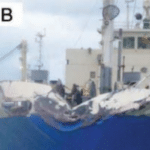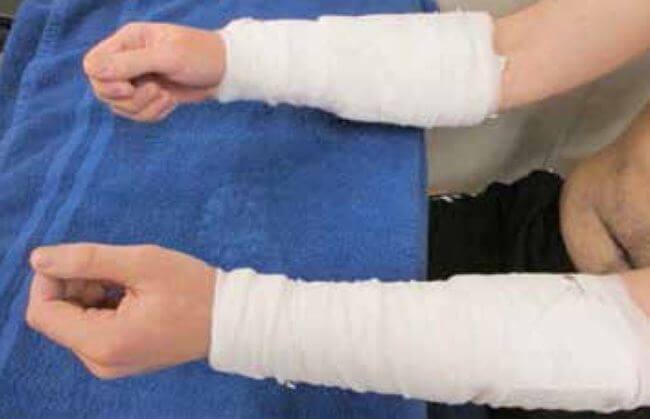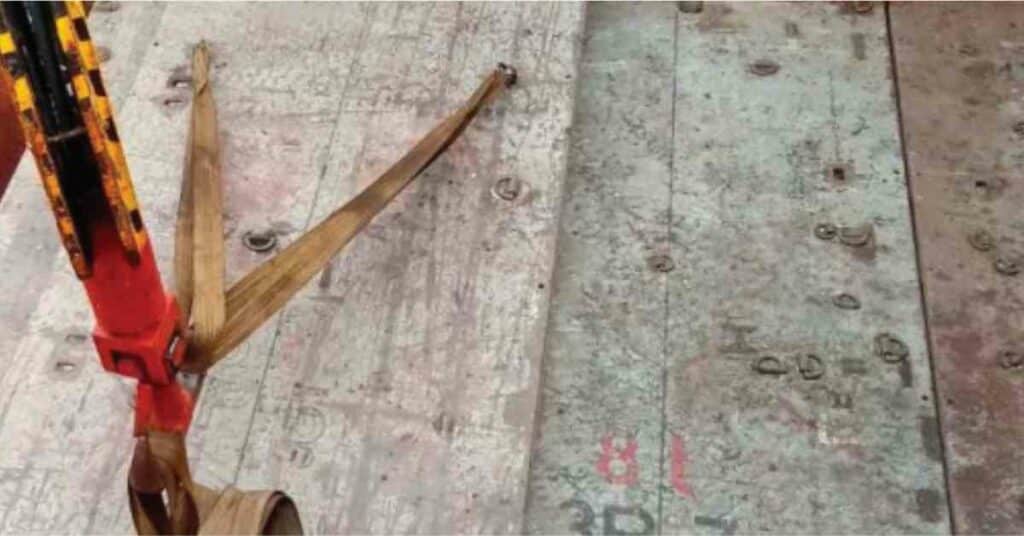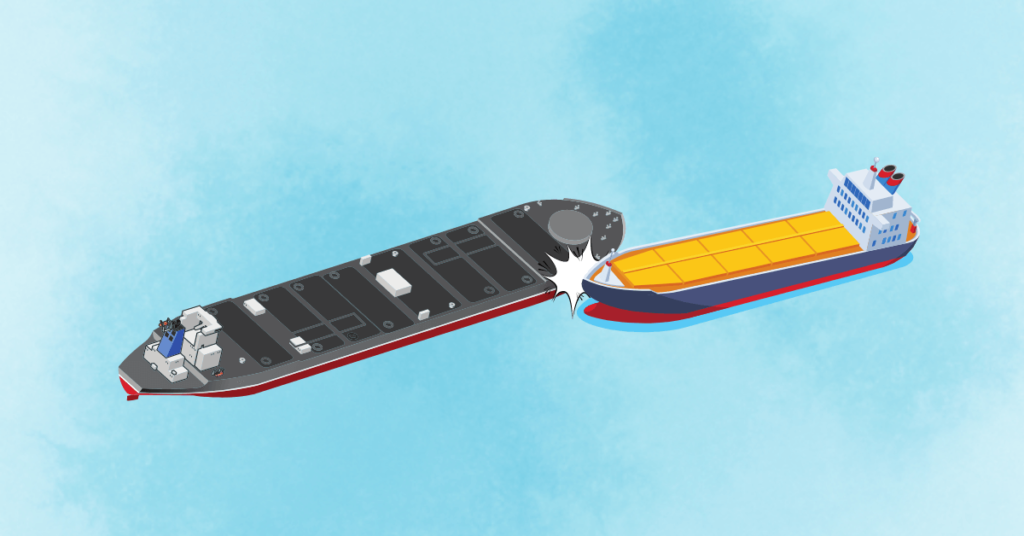Real Life Accident: Ship’s CPP Control Transfer Causes Berthing Incident
With berthing almost complete, control of the ship’s controllable-pitch propeller (CPP) was transferred from the bridge to the engine room. Unknown to anyone, the engine room pitch lever was not aligned with the bridge lever, which was at zero.
The engine room pitch lever was not at zero pitch. As a result, when control was accepted in the engine room, the propeller pitch moved to the ahead position and the vessel began to move forward. This placed considerable load on the mooring lines, causing one of the forward lines to part.

Another line that was being tended by a crew member came under tension, slipped off the winch drum and struck the crew member on the leg. The ship was quickly brought to a halt and the berthing was completed without further incident.
The injured crew member sustained bruising to the leg and was declared unfit to work for five days. This incident clearly demonstrates how the smallest of lapses, even those far removed from the mooring deck, can have significant consequences during mooring operations.
Lessons learned
- When transferring CPP pitch control from the wheelhouse to the engine room, best practice is to call beforehand and confirm ‘pitch to zero’ – ‘transferring to engine room’.
- When tending mooring lines, keep your situational awareness at maximum and watch for any unexpected ship movements, among others.
Reference: nautinst.org
Do you have info to share with us ? Suggest a correction
- Real Life Incident: Vessel Collision in Good Visibility
- Real Life Incident: Severe Injury To Deck Crew While Leaving Berth
- Real Life Incident: Departure Damage in Very Restricted Waterway
- Real Life Incident: Low Situational Awareness Has High Impact Consequence
- Real Life Incident: Fouled Anchor in a Designated Anchorage
- Real Life Incident: Fire On Barge Carrying Scrap Metal Causes $7 Million Worth Of Damage
Latest Case studies Articles You Would Like:
Subscribe To Our Newsletters
By subscribing, you agree to our Privacy Policy and may receive occasional deal communications; you can unsubscribe anytime.















